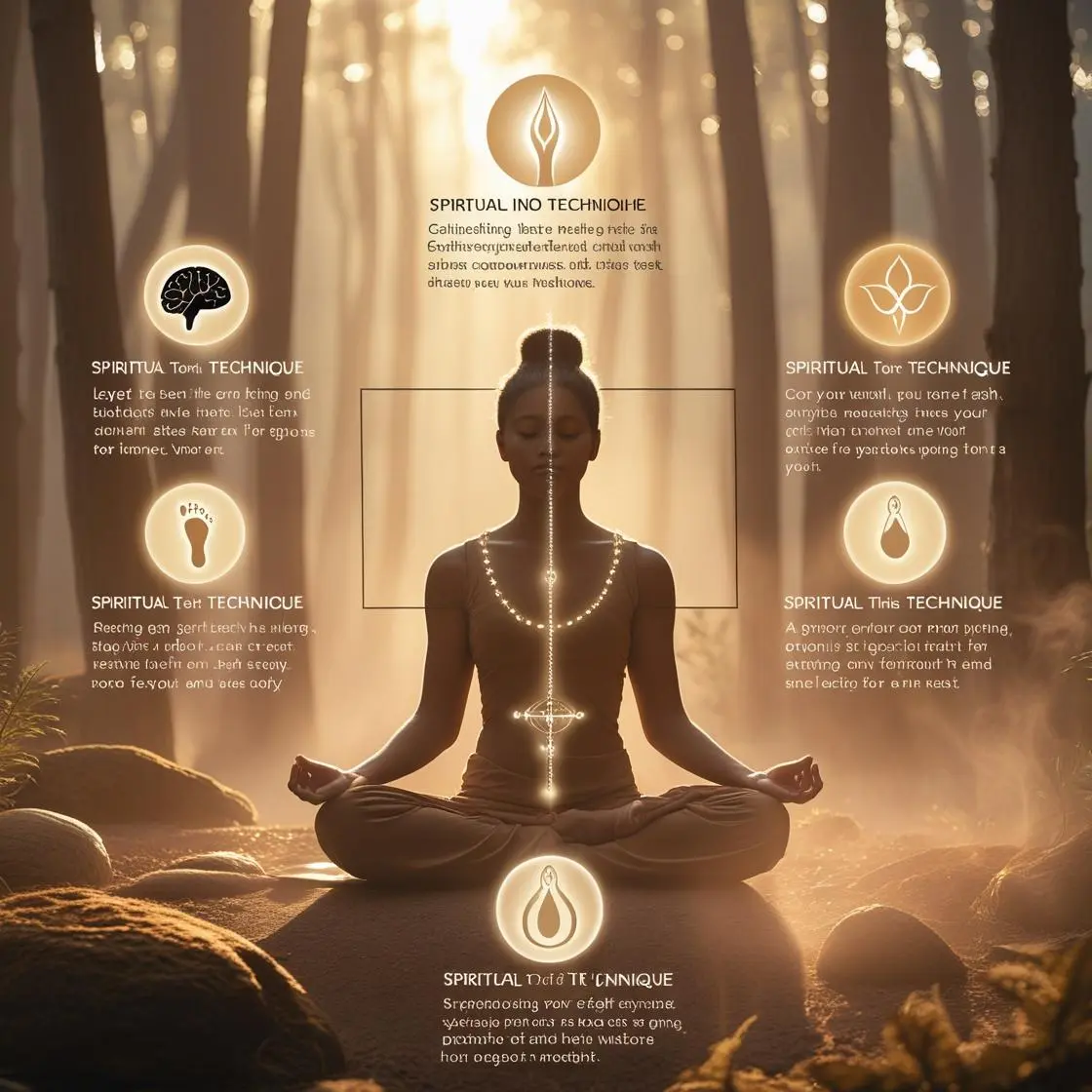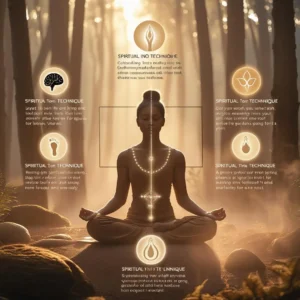Don’t Seek YourSelf in the Mind: The Illusion of Identity Through Thought
Illusion of Identity
The modern individual is increasingly preoccupied with understanding the mind — dissecting thoughts, emotions, and cognitive mechanisms — with the hope of achieving greater awareness or even enlightenment. But what if the very act of seeking oneself through the mind is the fundamental trap?
The Illusion of Mental Mastery
A widespread assumption exists that personal transformation depends on first understanding the full complexity of one’s mental landscape. This belief fuels decades of self-analysis, therapy, and intellectual exploration. While such pursuits can yield valuable psychological insight, they ultimately reinforce the same mechanism that obstructs direct awareness: identification with thought.
True transformation does not require exhaustive knowledge of the mind’s architecture. In fact, the very notion of “mastering” the mind through analysis is itself a byproduct of the mind’s compulsion for control — an egoic tendency rooted in fear, fragmentation, and false identity.
Ego: A Substitute Self
The root dysfunction lies in the misidentification of self with the mind. This cognitive fusion constructs an artificial entity — the ego — which then assumes the central role in one’s experience of reality. The ego’s hunger is insatiable; it constantly seeks validation, narrative, and struggle in order to feel real. It is threatened by stillness and undermined by presence.
Problems, trauma, and even suffering become extensions of the ego’s survival mechanism. As paradoxical as it sounds, many individuals are unconsciously invested in their pain, because it defines them. To relinquish those problems would feel like a kind of death — not physical, but psychological, existential. It would be the dissolution of the story they tell themselves about who they are.
The Trap of Complexity
Delving into the details of mental dysfunction may sharpen your intellect or make you a skilled psychologist — but it will not liberate you from the mind itself. Insight is not freedom. Analysis is not transcendence. Understanding dysfunction is not the same as stepping out of it.
When you finally recognize the core issue — identification with thought — you don’t need to trace every branch of the tree. You cut at the root.
Presence: Beyond the Egoic Mind
Freedom begins not with understanding, but with recognition and detachment. When you become present — truly present — you stop deriving your sense of self from the stream of mental activity. The mind continues to function, but it no longer defines you. You no longer mistake thought for identity.
The mind, in essence, is neutral. It is a brilliant tool — but a dangerous master. Its dysfunction arises only when it becomes the seat of identity. When you no longer seek yourself within its content, the mind becomes silent, cooperative, and aligned with being.
The way out is not through more mental effort, but through stillness. Through presence. Through the radical decision to stop seeking yourself where you have never truly been — in the mind. As long as you believe you are your thoughts, you remain a prisoner of a false identity. Liberation begins the moment you realize: you are not the mind. You are the awareness in which the mind arises.
Practical Exercises for Returning to Presence
Understanding the mind’s dysfunction is not enough, you must step beyond thought and rest in presence. Below are five simple, yet profound practices that can help you break identification with the mind and return to Being.
1. Body Awareness (Sensory Grounding)
Sit down comfortably and close your eyes. Bring your full attention to your hands. Don’t imagine them — feel them. Move your awareness gradually through your body: hands, feet, chest, stomach.
Every time your thoughts try to pull you away, gently return to bodily sensation.
This grounds you in the Now and dissolves mental identification.
2. Mirror Practice: “I Am Not My Thoughts”
Stand in front of a mirror and look directly into your own eyes.
Silently repeat: “I am not this thought… nor this emotion… nor this story.”
Notice the silent awareness behind the thoughts, that’s you.
This practice allows you to shift identity from the mind to the observer.
3. Breath as Anchor
Simply observe your breath without trying to control it.
Feel the air entering your nose, expanding your lungs, and leaving your body.
Each exhale is a gentle release of mental noise.
Whenever your attention drifts, bring it back to the breath.
The breath becomes a portal to presence.
4. The “I Am” Practice
Close your eyes and internally repeat: “I am.”
Add nothing more. No role. No label. No story.
Just “I am.”
This is presence without identity — the purest form of being.
5. Micro-Moments of Presence
Bring attention to small everyday actions:
- While walking, feel each step.
- While listening, be fully there.
- While washing dishes, feel the temperature, hear the sound.
Presence doesn’t require silence or retreat — it lives in the ordinary when you’re fully awake.
References:
- Tolle, E. (2005). A New Earth: Awakening to Your Life’s Purpose. Penguin Group.
https://www.penguinrandomhouse.com/books/175379/a-new-earth-by-eckhart-tolle/ - Tolle, E. (1999). The Power of Now: A Guide to Spiritual Enlightenment. Namaste Publishing.
https://www.eckharttolle.com/power-of-now-excerpt/ - Kabat-Zinn, J. (1990). Full Catastrophe Living: Using the Wisdom of Your Body and Mind to Face Stress, Pain, and Illness. Delacorte.
https://www.penguinrandomhouse.com/books/87971/full-catastrophe-living-revised-edition-by-jon-kabat-zinn/ - Singer, M. A. (2007). The Untethered Soul: The Journey Beyond Yourself. New Harbinger Publications.
https://untetheredsoul.com/ - de Mello, A. (1990). Awareness: The Perils and Opportunities of Reality. Image Books.
https://www.penguinrandomhouse.com/books/38902/awareness-by-anthony-de-mello/















2 comments